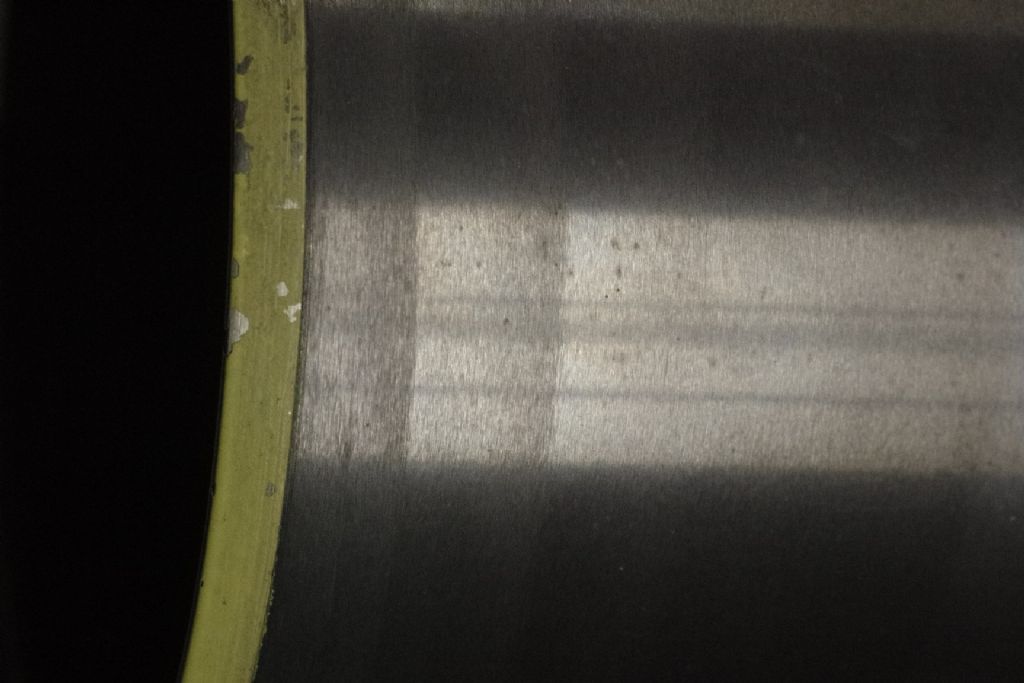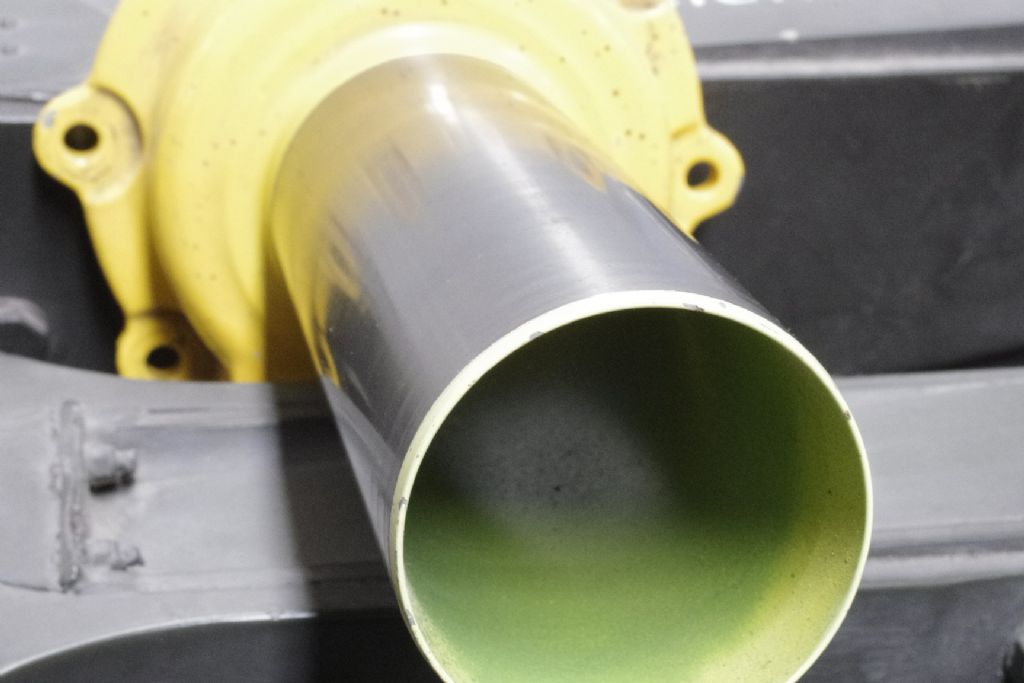Aluminium cylinder blocks
Aluminium cylinder blocks
- This topic has 25 replies, 12 voices, and was last updated 23 June 2019 at 16:28 by
David Taylor 4.
- Please log in to reply to this topic. Registering is free and easy using the links on the menu at the top of this page.
Latest Replies
Viewing 25 topics - 1 through 25 (of 25 total)
-
- Topic
- Voices
- Last Post
Viewing 25 topics - 1 through 25 (of 25 total)
Latest Issue
Newsletter Sign-up
Latest Replies
- “Your Sketch Is Not Closed,” says Alibre Atom, “So tough!”HERE?ERE?
- Clock gear cutting needed or advice in setting up from scratch.
- How to balance a cup grinding wheel
- Unusual Crow Bar Type Tool? Fire Brigade?
- Instrumatic Hardness Tester
- Thread restorers
- Bridgeport ways and wear
- smokeless cutting oil
- Smart Meter Change-over Problems
- Amadeal lathes – Any good??






